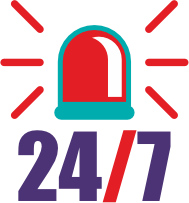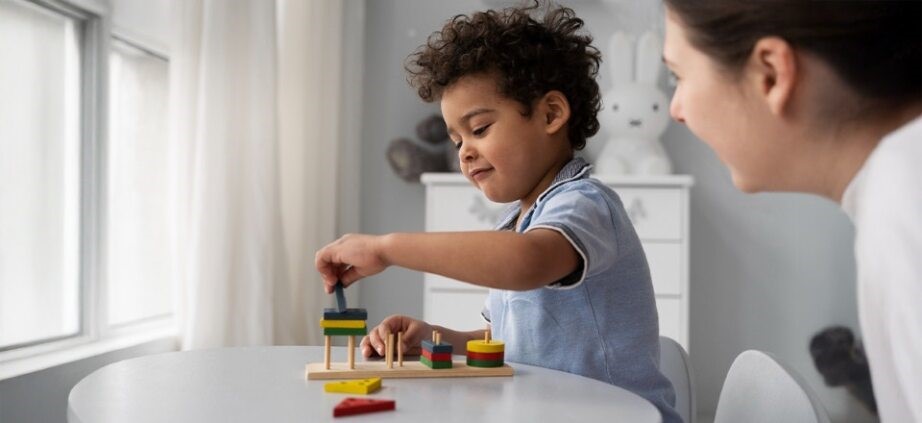Categories
Congenital Heart Disease in Children: Causes and Symptoms
Aug 14, 2025
When the word heart disease is spoken, many people think it happens only in old people, but children also can be born with heart problems. This condition is called congenital heart disease, which means the heart is not fully formed or shaped in the normal way right from birth. Some babies have a very small issue that doctors find later, some have bigger ones that need treatment quickly.
At Rainbow Children’s Hospital, families often meet a pediatric cardiologist when they see the child struggling with unusual signs that don’t feel normal.
If the child gets tired soon after small activity or catches chest infections again and again, it could also be a warning sign. A pediatric cardiologist at Rainbow Children’s Hospital can check and confirm the condition with special scans and tests.
Sometimes medicines are enough, sometimes surgery is required. Today’s medical care has improved so much that many children born with congenital heart disease can grow up to live healthy, active life.
At Rainbow Children’s Hospital, there are dedicated doctors and facilities focusing only on child heart care, giving parents some comfort during a stressful time.
Disclaimer: This blog aims to provide general information and should not be considered a substitute for professional medical advice, diagnosis, or treatment. Always consult a qualified healthcare provider about your health. If you think you may be experiencing a medical emergency, seek immediate help.
At Rainbow Children’s Hospital, families often meet a pediatric cardiologist when they see the child struggling with unusual signs that don’t feel normal.
Why Congenital Heart Disease Happens
Doctors say there is not one single reason. Sometimes it happens when the baby’s heart does not grow properly inside the mother’s womb. Genes may play a part, if someone in the family also had heart disease before. Illness like rubella in pregnancy, using strong medicines without care, or problems like high sugar (diabetes) during pregnancy can raise the chances. But in many cases, no clear cause is found even after testing, which leaves parents worried without answers.The Different Types of Congenital Heart Diseases
There is not only one type of this problem. Some children are born with small holes in the walls of the heart. This is called septal defects, and it can be in the upper or lower chamber. Some babies have valves that are blocked or too tight, so blood cannot move freely. In rare cases, the blood vessels themselves are placed in the wrong way, which makes the heart pump in a confusing pattern. These differences decide if the disease is mild or needs surgery early in life.Symptoms Seen in Children
In newborns, the disease may show right after delivery, but for some, the signs come later. Parents may notice the baby is breathing very fast or struggling during feeding. Some children grow slowly or don’t gain weight even when they eat. A bluish shade on the lips or nails, called cyanosis, is another common symptom.If the child gets tired soon after small activity or catches chest infections again and again, it could also be a warning sign. A pediatric cardiologist at Rainbow Children’s Hospital can check and confirm the condition with special scans and tests.
Importance of Early Detection
The earlier the condition is found, the better chance for proper treatment.Sometimes medicines are enough, sometimes surgery is required. Today’s medical care has improved so much that many children born with congenital heart disease can grow up to live healthy, active life.
At Rainbow Children’s Hospital, there are dedicated doctors and facilities focusing only on child heart care, giving parents some comfort during a stressful time.
Disclaimer: This blog aims to provide general information and should not be considered a substitute for professional medical advice, diagnosis, or treatment. Always consult a qualified healthcare provider about your health. If you think you may be experiencing a medical emergency, seek immediate help.











